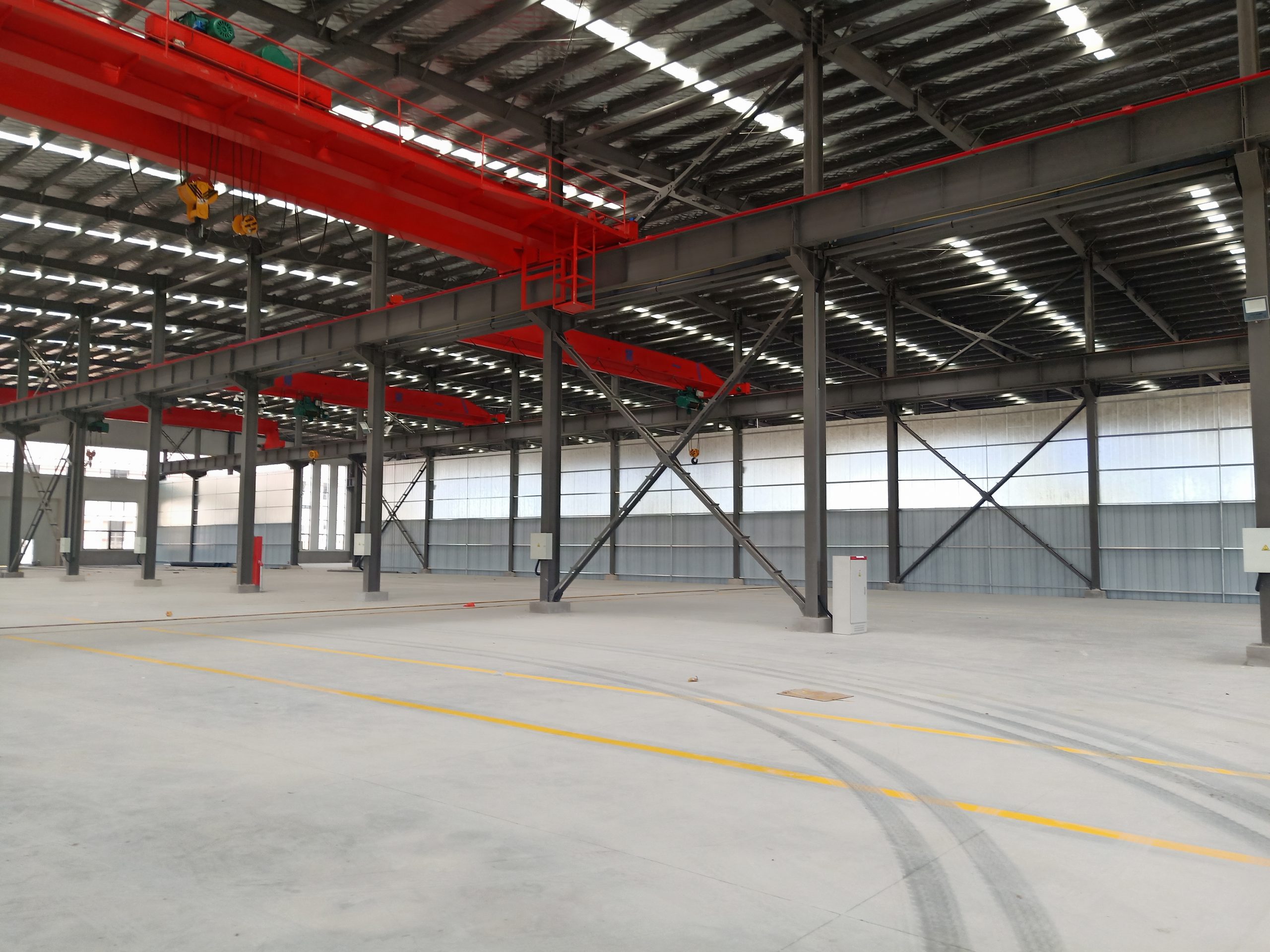Table of Contents
Benefits of Using Recycled Materials in Container House Construction
Container Houses have gained popularity in recent years as a sustainable and cost-effective housing solution. One of the key factors in the design and construction of container houses is the selection of materials. With a growing emphasis on environmental sustainability, the use of recycled materials in container house construction has become increasingly important.

There are several benefits to using recycled materials in the construction of container houses. Firstly, using recycled materials helps to reduce the demand for new raw materials, which in turn reduces the environmental impact of the construction process. By repurposing materials that would otherwise end up in landfills, container house builders can contribute to the reduction of waste and the conservation of natural resources.
In addition to the environmental benefits, using recycled materials can also result in cost savings for container house builders. Recycled materials are often more affordable than new materials, which can help to lower the overall construction costs. This cost savings can be particularly significant for builders working with a limited budget, making recycled materials an attractive option for container house construction.
Furthermore, using recycled materials can also contribute to the unique aesthetic of container houses. Many recycled materials, such as reclaimed wood or metal, have a distinct and weathered appearance that can add character and charm to a container house. This can help to create a one-of-a-kind living space that stands out from traditional housing options.
When it comes to selecting recycled materials for container house construction, it is important to consider the environmental standards and certifications of the materials. Many recycled materials come with certifications that indicate their environmental impact and sustainability. For example, the Forest Stewardship Council (FSC) certification ensures that wood products come from responsibly managed forests, while the Cradle to Cradle certification evaluates products based on their environmental and social impact throughout their lifecycle.
By choosing recycled materials with these certifications, container house builders can ensure that their construction process aligns with the highest environmental standards. This not only benefits the Environment but also provides assurance to homeowners that their container house has been built with sustainable and ethical materials.
In conclusion, the use of recycled materials in container house construction offers a range of benefits, including environmental sustainability, cost savings, and unique aesthetic appeal. By selecting recycled materials with the appropriate environmental certifications, container house builders can ensure that their construction process meets the highest environmental standards. As the demand for sustainable housing solutions continues to grow, the use of recycled materials in container house construction is likely to become even more prevalent in the future.
How to Ensure Container House Design Meets Environmental Standards
When it comes to designing container houses, material selection plays a crucial role in ensuring that the final product meets environmental standards. Container houses have gained popularity in recent years due to their sustainability and cost-effectiveness. However, in order to truly be considered environmentally friendly, it is important to carefully consider the materials used in the construction process.
One of the key factors to consider when selecting materials for a container house is their environmental impact. This includes not only the sourcing of the materials but also their production process and end-of-life disposal. Sustainable materials such as reclaimed wood, bamboo, and recycled steel are often preferred for their low environmental impact. These materials are not only renewable but also have a lower carbon footprint compared to traditional building materials.
In addition to the environmental impact of the materials themselves, it is also important to consider their energy efficiency. Insulation plays a crucial role in maintaining a comfortable indoor temperature and reducing energy consumption. By choosing high-quality insulation materials, container houses can minimize their energy usage and reduce their overall environmental impact. Materials such as cellulose insulation, sheep’s wool, and recycled denim are all excellent choices for improving energy efficiency in container house design.
Another important consideration when selecting materials for container house design is their durability and longevity. Sustainable materials are often chosen for their ability to withstand the test of time and reduce the need for frequent replacements. By choosing materials that are built to last, container houses can minimize their environmental impact and reduce waste generation over time.
In addition to the materials themselves, it is also important to consider the construction process and its impact on the environment. Prefabricated container houses are often preferred for their reduced construction time and waste generation. By using prefabricated components, container houses can minimize their environmental impact and reduce their overall carbon footprint.
Furthermore, it is important to ensure that the construction process follows environmental standards and regulations. This includes proper waste management, Recycling of construction materials, and adherence to sustainable building practices. By following these guidelines, container houses can be designed and constructed in a way that minimizes their impact on the environment and promotes sustainability.
In conclusion, material selection plays a crucial role in ensuring that container house design meets environmental standards. By choosing sustainable materials, improving energy efficiency, and following sustainable construction practices, container houses can be designed in a way that minimizes their environmental impact and promotes sustainability. With careful consideration and planning, container houses can be both aesthetically pleasing and environmentally friendly, making them a popular choice for eco-conscious homeowners.

